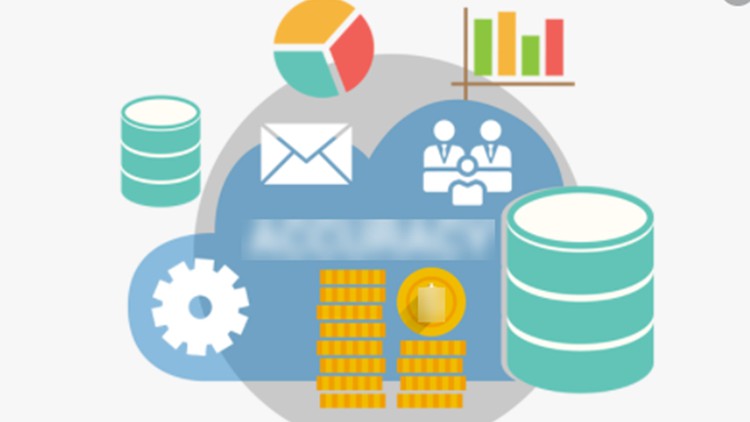
The Comprehensive SAP ABAP Programming and Integration course is designed to provide participants with a solid foundation in SAP ERP, ABAP programming, and integration techniques. Whether you are a beginner aiming to start a career as an SAP developer or an experienced professional seeking to enhance your ABAP skills, this course covers a wide range of topics to equip you with the knowledge and hands-on experience needed in the SAP ecosystem.
Course Outline:
Module 1: SAP ERP Overview and Implementation Cycle
Module 2: Introduction to ABAP Programming
Module 3: SAP System Landscape and Access
Module 4: ABAP Data Dictionary
Module 5: Table Maintenance Generator
Module 6: Your First ABAP Program
Module 7: ABAP Syntax and New Features (7.4 and 7.5)
Module 8: Modularization and Function Modules
Module 9: Classical and ALV Reports
Module 10: SAP Smart Forms
Module 11: LSMW and BDC (Batch Data Communication)
Module 12: Module Pool Programming
Module 13: Enhancements and ABAP Debugging
Module 14: OData Service and ALE/IDoc
Module 15: Electronic Data Interchange (EDI) and IDoc
By the end of this course, participants will have gained a comprehensive understanding of SAP ERP, ABAP programming, and integration techniques. They will be equipped to create efficient ABAP programs, develop custom reports and forms, integrate SAP systems through various methods, and confidently navigate the SAP landscape. Whether for personal skill enhancement or professional growth, this course lays a solid foundation for success in the SAP domain.
All-in-One
Access a wide range of software and digital skills courses in one place.
Personalized
AI-powered recommendations to match your learning goals.
Tracking
Monitor your daily progress and achievements.
Simple
User-friendly design that makes learning easy.
Flexible
Tools that adapt to your workflow or brand needs.
Support
Guidance and help from experts whenever you need it.
All courses are available 100% online. Once enrolled, you can log in anytime from your computer, tablet, or smartphone.
Yes! Every course includes an internationally recognized certificate you can add to your CV or LinkedIn profile.
Absolutely. NomadPro provides built-in tools to monitor your daily progress and keep you motivated.
Our AI-powered recommendations suggest the courses that best fit your career goals and learning style.
Yes, once you enroll, you keep lifetime access to your course and receive free updates whenever new materials are added.
You’ll have access to expert instructors and our learning community, where you can ask questions and share experiences.
Of course! All courses are self-paced, so you can study whenever it suits your schedule.
60,00 €
SAP ABAP Reports, Data migration, LSMW, BDC , RFC, BAPI, ALE IDOC , EDI , CDS Views, AMDP, Adobe Forms, Smart Forms
60,00 €
SAP ABAP Reports, Data migration, LSMW, BDC , RFC, BAPI, ALE IDOC , EDI , CDS Views, AMDP, Adobe Forms, Smart Forms